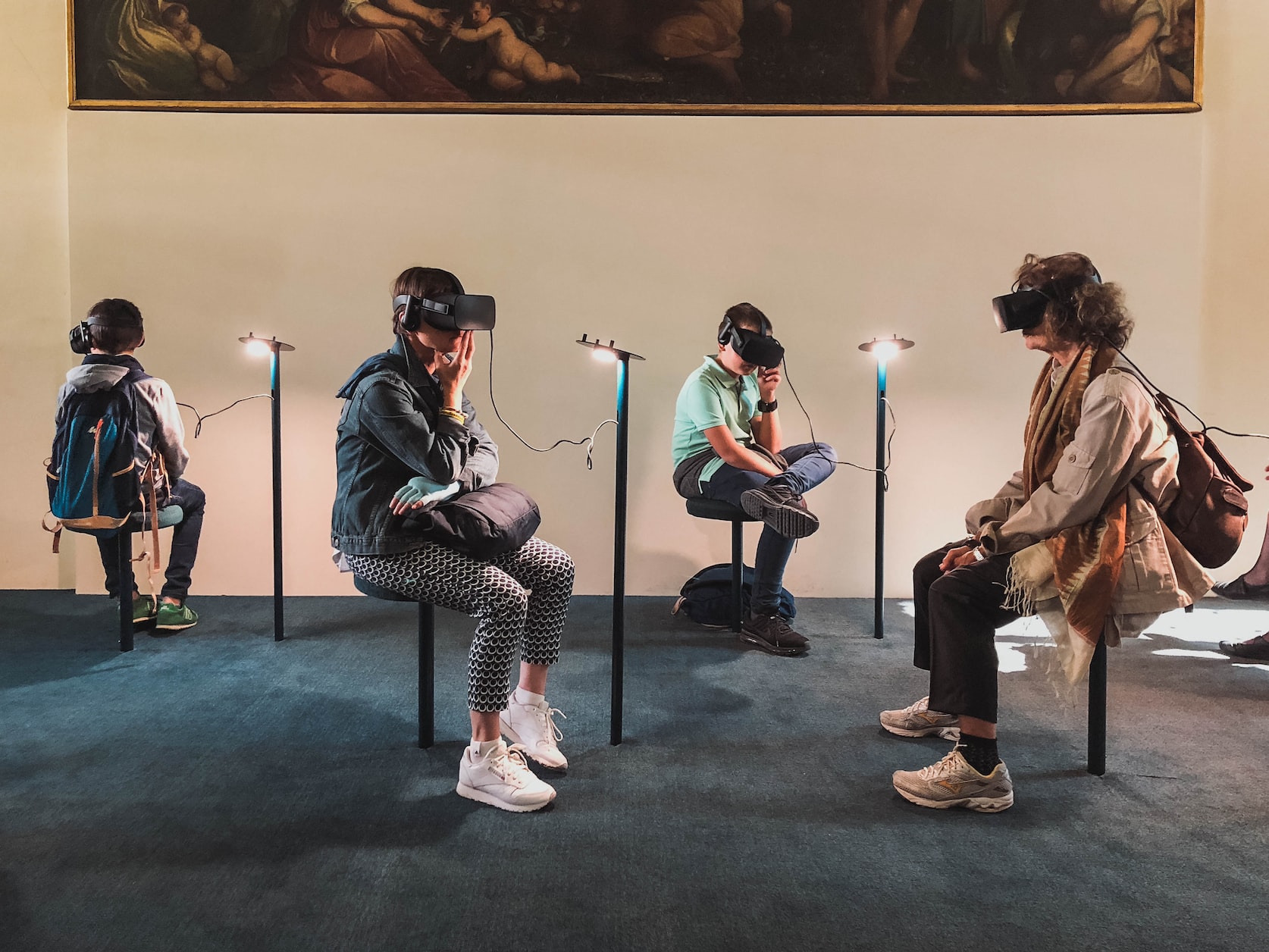
The human psyche has always been a realm of profound intrigue and immense complexity. Throughout history, various therapeutic methods have emerged to delve into and address the intricate layers of our mental and emotional well-being. Recently, technology has become an ally in this quest, with virtual reality emerging as a powerful tool in therapeutic settings. Venturing beyond its origins in entertainment and gaming, VR is bridging the tangible and intangible, crafting experiences that hold the potential to heal, transform, and empower.
Mechanism of Virtual Reality in Therapeutic Contexts
Central to VR's efficacy is the principle of immersion. When one dons a VR headset, the conventional boundaries of space and time seem to dissolve. Users find themselves ensconced in a realm meticulously crafted down to the minutest detail. The sights, sounds, and sometimes even tactile feedback in these environments are designed to mimic or reshape aspects of the real world. This sensory engagement facilitates a psychological state where individuals become participants rather than mere observers.
· VR can replicate real-world settings with astounding accuracy. This becomes particularly useful in exposure therapies, where patients must confront specific phobias in controlled scenarios.
· Therapists can tweak environments in real-time, calibrating them to suit the individual's therapeutic needs. This dynamic adaptability allows therapists to challenge and support patients in unique ways.
· VR can also conjure fantastical realms that transcend physical limitations. These dreamlike spaces can be harnessed for relaxation, meditation, or even to explore abstract concepts during therapy.
Despite being virtual, the emotions elicited in VR spaces are palpably real. The brain's response to virtual stimuli can mirror its reactions to real-life experiences. This emotional resonance offers therapists a powerful medium to help patients process unresolved feelings, trauma, or anxiety. By safely reliving certain events or confronting deep-seated fears in VR, individuals can experience cathartic releases, pivotal moments of realization and healing.
While the digital foundation of VR is undeniable, its therapeutic potential lies in its ability to intertwine with our psychological fabric. Therapists aren't just leveraging the technology; they're tapping into VR's capacity to evoke, engage, and empower. Every pixelated landscape, every simulated scenario, becomes a canvas upon which individuals can project, reflect, and reshape their emotions and memories.
Virtual Reality in Therapeutic Domains
In exposure therapy, VR has emerged as a beacon for individuals grappling with phobias, from claustrophobia to arachnophobia or wrestling with the haunting shadows of post-traumatic stress disorder; VR offers a controlled sanctuary. Patients can revisit their fears or traumas within this digital cocoon, not as passive victims but as empowered beings. Under the guidance of a therapist, they can confront these virtual scenarios, gradually diluting the intensity of their reactions and arming themselves with coping strategies. What was once a paralyzing memory or fear is, over time, rendered manageable, even neutral.
Tip: To combat absent-mindedness and anxiety, you can try keeping a diary or planner, and at work, you can use something from the list of best tools for project management.

Pain, both acute and chronic, presents a multifaceted challenge. Its physical dimension is often coupled with a psychological component, where anticipation or the memory of pain exacerbates suffering. VR, in its enveloping embrace, offers an escape. Mainly during painful procedures or for patients in burn units, the immersive experiences of VR serve as potent distractions. Whether navigating a serene underwater realm, walking amidst blossoming meadows, or floating through celestial spaces, the engaging nature of VR pulls the focus away from the pain. The mind, entranced by the virtual beauty, allows the body a respite, mitigating the perception and intensity of the discomfort.
In the din of modern life, tranquility moments are rare and precious. Recognizing this need, VR meditation platforms transport users to peace havens. Nestled on virtual sandy shores, ensconced amidst ancient groves, or floating amidst the auroras, users find solace. Guided by calming narratives, complemented by soothing soundscapes, these VR experiences become oases for the weary mind. Stress dissipates, replaced by a serene stillness, fostering mental well-being and rejuvenation.
Challenges and Considerations in VR Therapy
While laden with potential, virtual reality also treads a fine line regarding ethical considerations. Crafting virtual scenarios for therapeutic purposes isn't just about technological prowess; it's about understanding and respecting the delicate psyche of the individuals involved. There lies a responsibility to ensure that the content is suitable and ethical. For instance, while recreating traumatic events for exposure therapy, care must be taken not to inadvertently intensify the trauma or introduce elements that weren't part of the original experience. This ethical dimension is paramount, ensuring that VR becomes a tool for healing and not inadvertent harm.
For all its digital marvels, VR has tangible effects on the human body. Extended immersion in the virtual realm can sometimes disorient the senses. Dizziness, disbalance, or even a phenomenon known as 'VR sickness' – akin to motion sickness – can manifest. While temporary, these physical reactions can be problematic and must be factored into therapeutic sessions. It becomes essential to monitor session durations, ensure breaks, and perhaps even introduce adaptive algorithms that can detect and mitigate the onset of such symptoms.
The marriage of VR and therapy is a union of technology, clinical expertise, and a delicate dance that requires synchronization. Therapists, traditionally trained in human psychology and interpersonal interactions, now find themselves wielding a tool that, while powerful, is also foreign. This calls for comprehensive training programs where therapists learn the technicalities of VR and the nuances of its integration into therapeutic contexts. They must be adept at interpreting reactions in the VR space, distinguishing between genuine therapeutic breakthroughs and mere digital distractions. This dual expertise ensures the VR tool is wielded with precision, sensitivity, and insight.